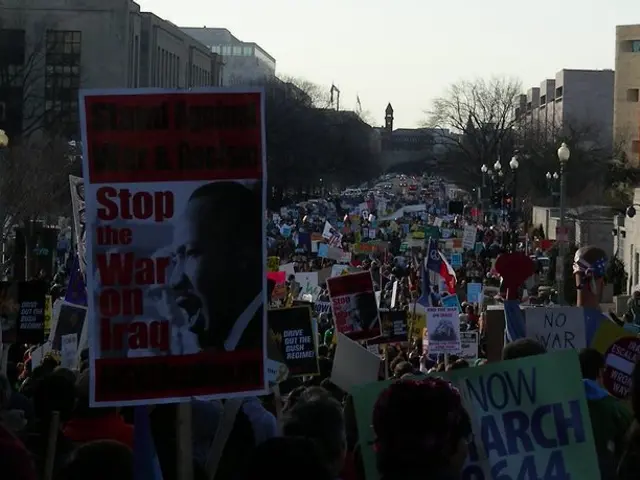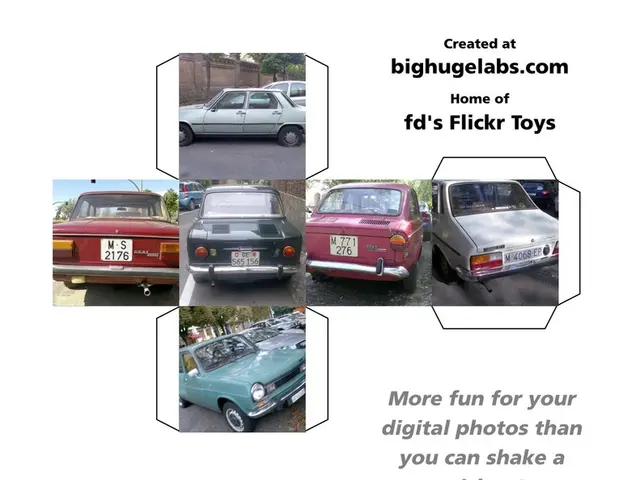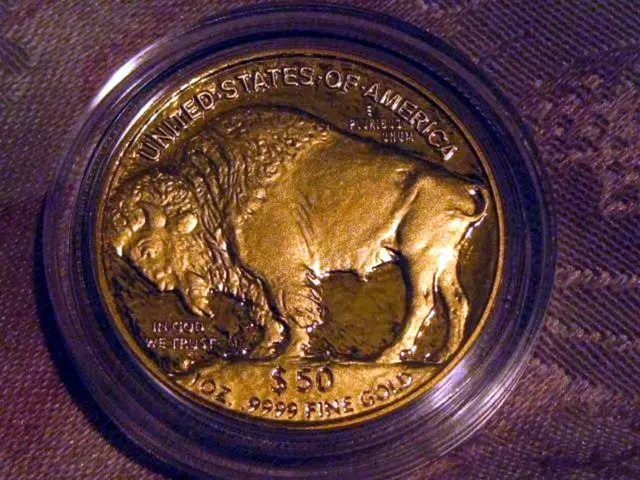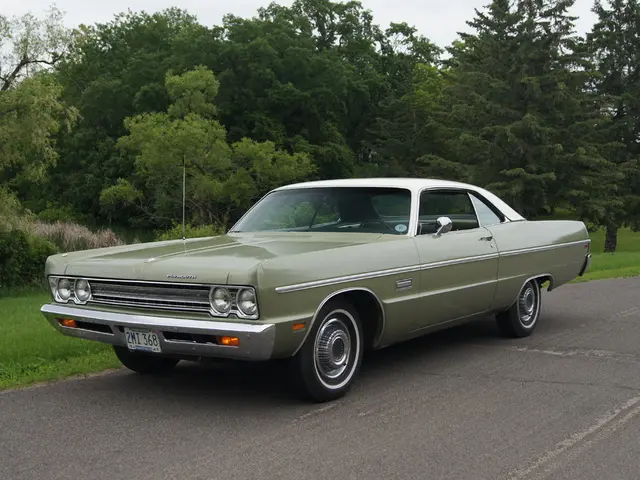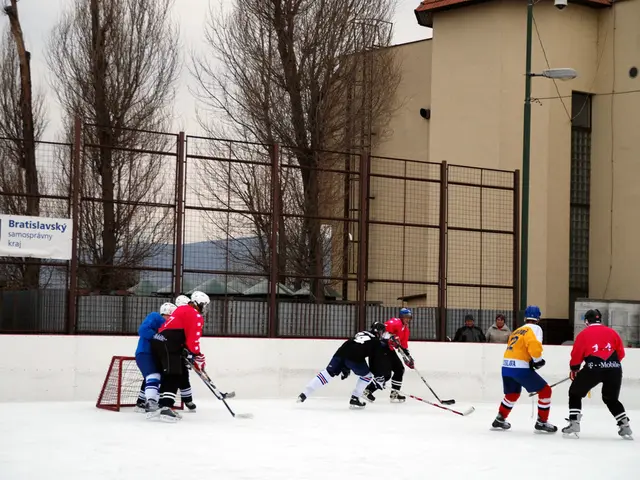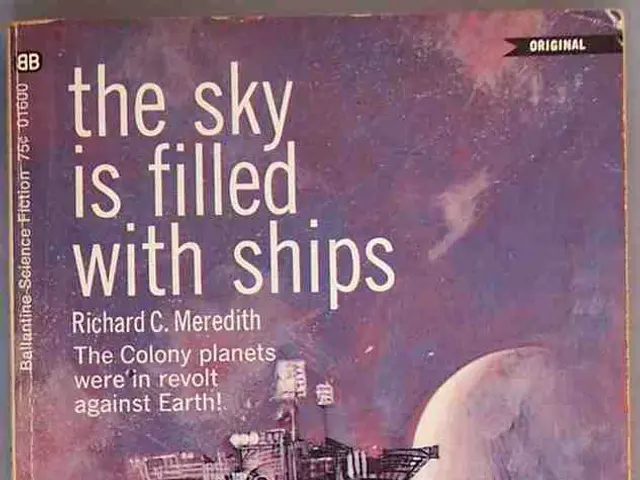Contest for Papal Election Involving Bribes, Bedroom Politics, and Champagne Indulgence
Changing Tides in Papal Elections: From Scandalous Bestechalement to a Sobering Champagne Toast
The iconic papal elections, integral to the Catholic Church's leadership, have undergone significant transformation over the centuries, shifting from an era of open influence and scandal to the secretive, structured conclave system we see today.
The Early Chaos
During the early stages, papal elections were often fraught with external influences, power struggles within families, and even corruption. Local Roman families, secular rulers, and rival factions within the Church frequently exerted their power, leading to prolonged, contentious elections and sometimes violent outcomes[3].
The Birth of the Conclave
The turning point occurred during the infamous papal election of 1268–1271 in Viterbo, where 18 cardinals failed to elect a new Pope for nearly three years due to political infighting and external interference. The citizens of Viterbo grew so frustrated that they locked the cardinals inside the papal palace, walled up the doors, and threatened to remove the roof to speed up the process. Eventually, the non-priest Teobaldo Visconti was elected as Pope Gregory X[1][4][5].
Pope Gregory X formalized the conclave process in 1274 through the Constitution Ubi periculum. The term "conclave" derives from "cum clave" (with a key), signifying that the cardinals would be locked in seclusion until they elected a new pope, free from outside influence[1][4].
The Growth of Procedures
As the centuries passed, conclaves continued to be scenes of intrigue, but the process gradually became more structured:
- 1621: Pope Gregory XV introduced the requirement for secret, written ballots, aiming to reduce overt politicking and bribery[1][5].
- 1904: Pope Pius X abolished any claimed right of secular rulers to veto candidates and enforced strict secrecy regarding all aspects of the conclave—even after its conclusion[1].
- Modern Process: Today, cardinals are sequestered in the Sistine Chapel (the first conclave held there was in 1492)[2]. Nine cardinals are chosen at random to oversee the voting process, ensuring transparency. A candidate must receive a two-thirds majority to be elected, and ballots are burned to signal the outcome—black smoke if no pope is elected, white smoke once a decision is reached[5].
Symbolism and Secrecy
The conclave is not just a practical mechanism but also a symbol of the Church's independence and spiritual focus. The use of distorted handwriting on ballots, the burning of ballots, and the iconic smoke signals are all designed to ensure both secrecy and a sense of sacredness[5].
From Scandalous Bestechalement to a Joyful Champagne Toast
While the term "bestechalement" highlights the history of corruption and external influence in papal elections, the modern conclave—secluded from the world, with its rituals, secrecy, and solemnity—bears little resemblance to earlier, more chaotic and politicized processes. The "champagne" reference signifies the celebratory moment when white smoke signals a successful election, marking the end of the conclave and the beginning of a new papacy.
[1] "Ubi Periculum": https://www.vatican.va/archive/hist_councils/ii_vatican_council/documents/rc_con_19621121_papali-eletioni_en.html[2] Apostolic Palace: https://en.wikipedia.org/wiki/Apostolic_Palace[3] Church History (Early Chaos): https://www.britannica.com/topic/Pope[4] Pope Gregory X: https://www.britannica.com/biography/Gregory-X[5] Papal Elections: https://www.britannica.com/topic/election-of-the-pope
- The historical papal elections, marred by external influences, power struggles, and corruption, stand in stark contrast to the current securitized and structured conclave system, as seen in the infamous 1268–1271 Viterbo election.
- The concept of the conclave, introduced by Pope Gregory X in 1274, originates from the phrase "cum clave" (with a key), signifying the cardinals' seclusion from external interference in electing a new pope.
- Over the centuries, the conclave process has evolved, with notable changes such as the introduction of secret, written ballots in 1621 by Pope Gregory XV, and the abolition of external rulers' veto rights in 1904 by Pope Pius X.
- Today, the conclave within the Catholic Church is not only a practical decision-making mechanism, but also a symbolic representation of the Church's independence and spiritual focus, often marked by the populist celebration of a champagne toast following the election of a new pope.

